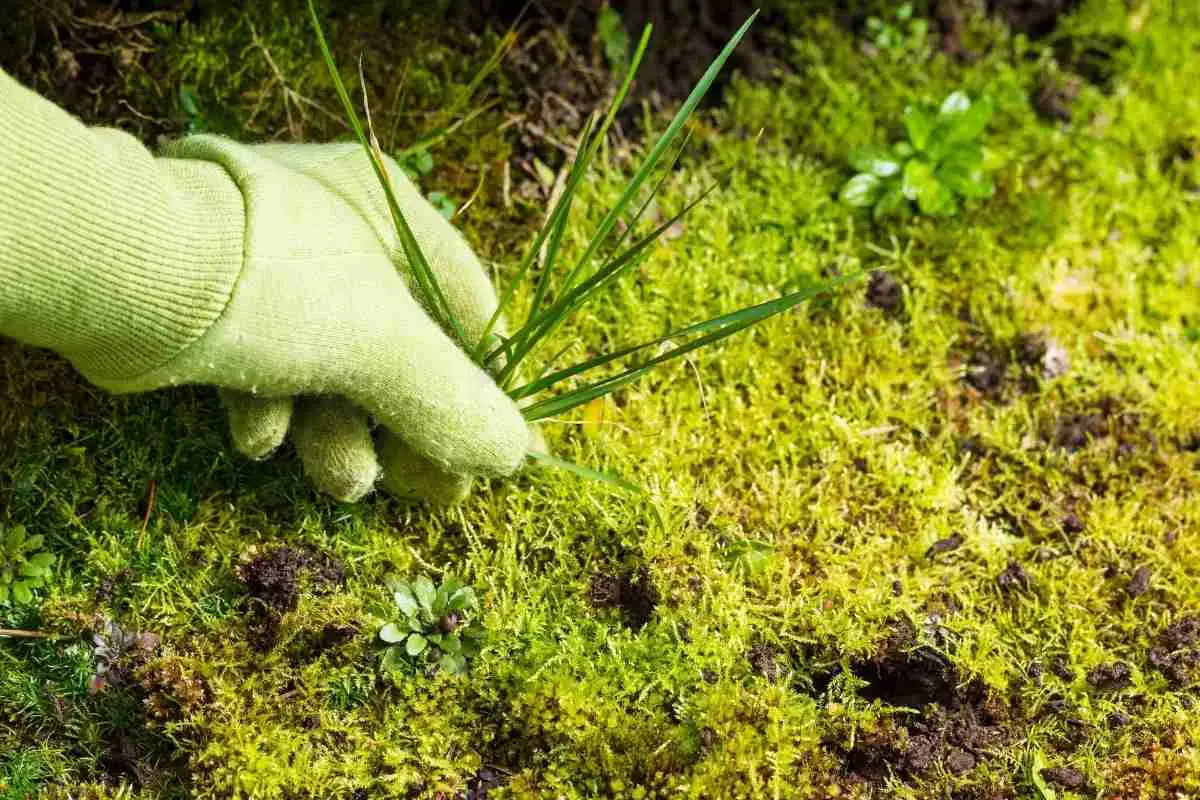
How To Remove Moss From A Roof With Vinegar?
Read more
Does Moss Need Soil? Detailed Guide
Read more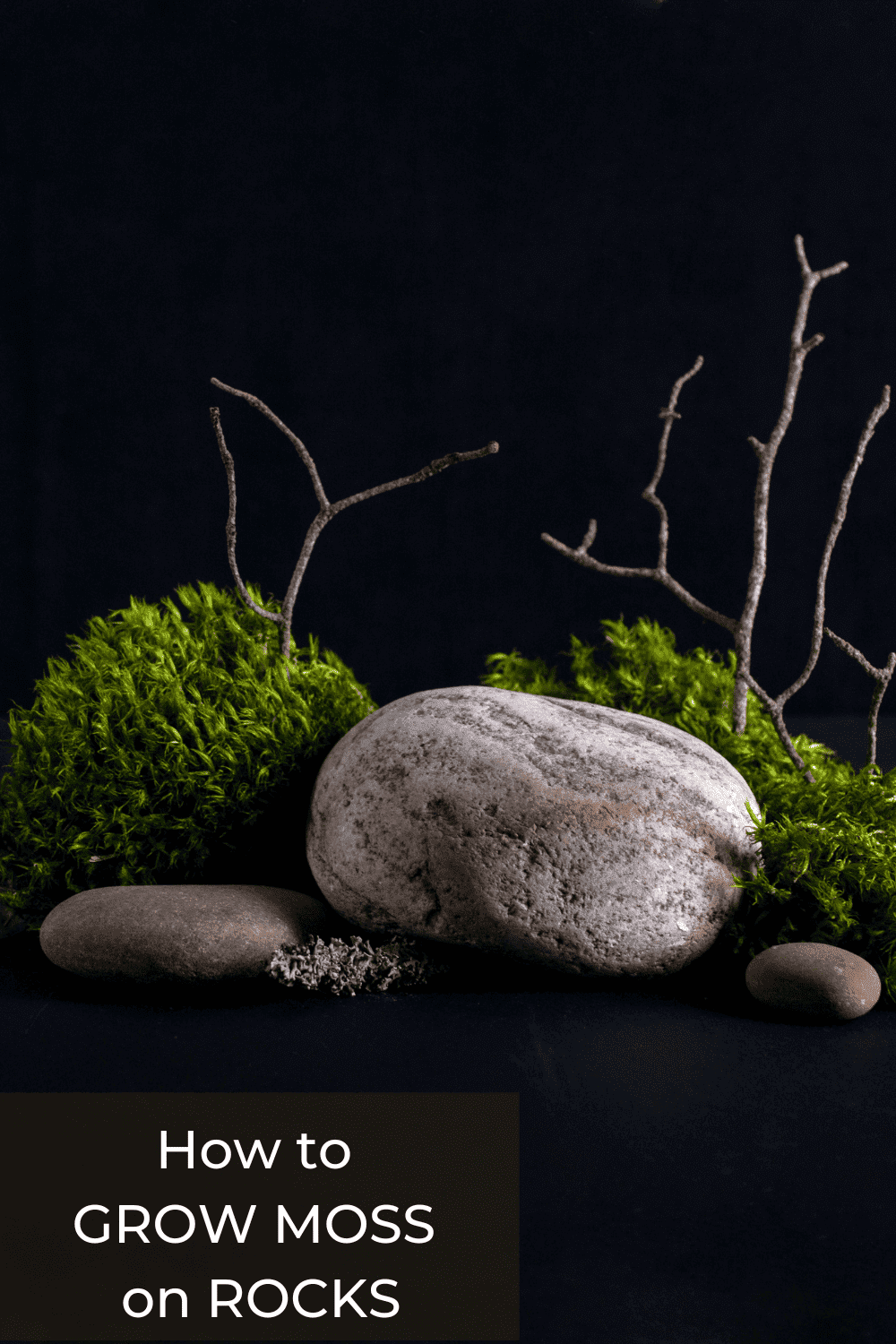
How to Grow Moss on Rocks and Impress Your Friends (or Enemies)
Read more
How To Grow Moss On Concrete Statues?
Read more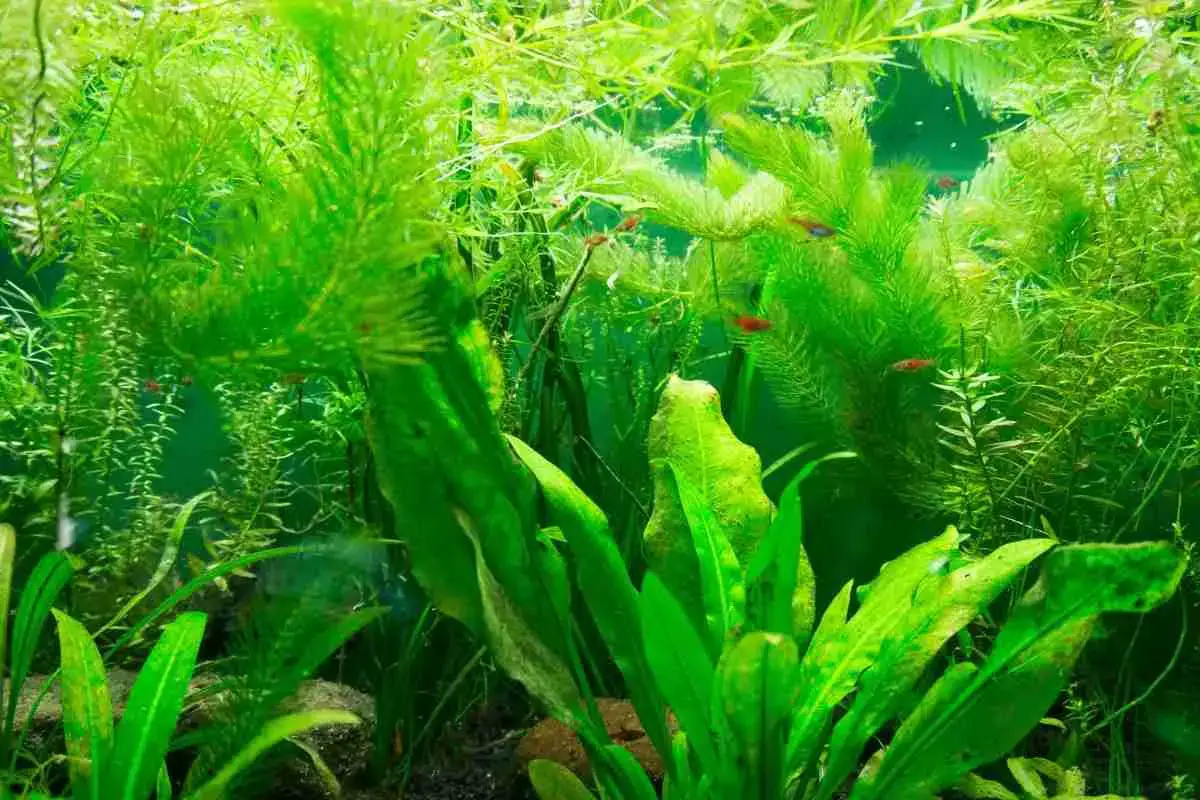
5 Simple Methods To Promote Algae Growth!
Read more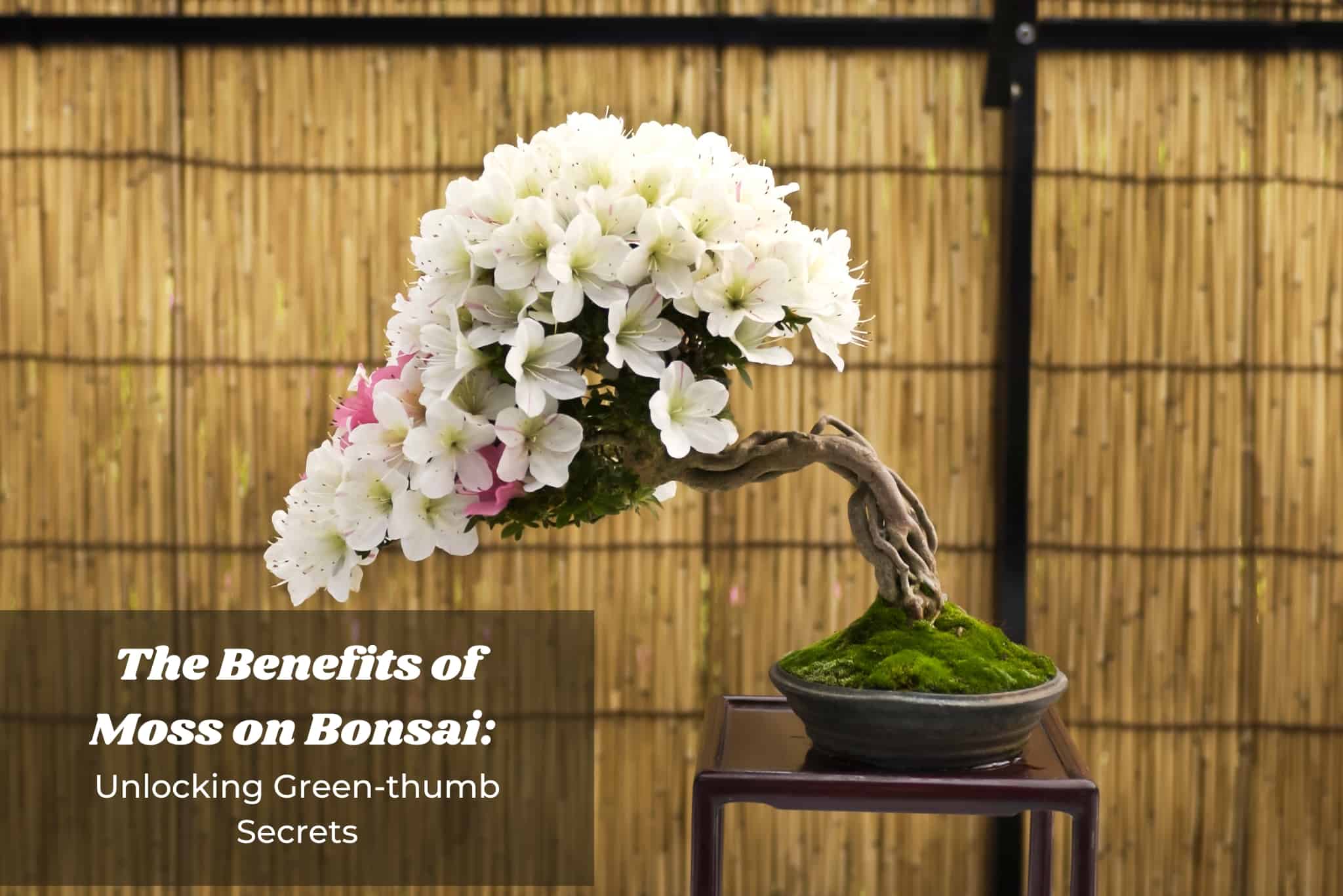
The Benefits of Moss on Bonsai: Unlocking Green-thumb Secrets
Read more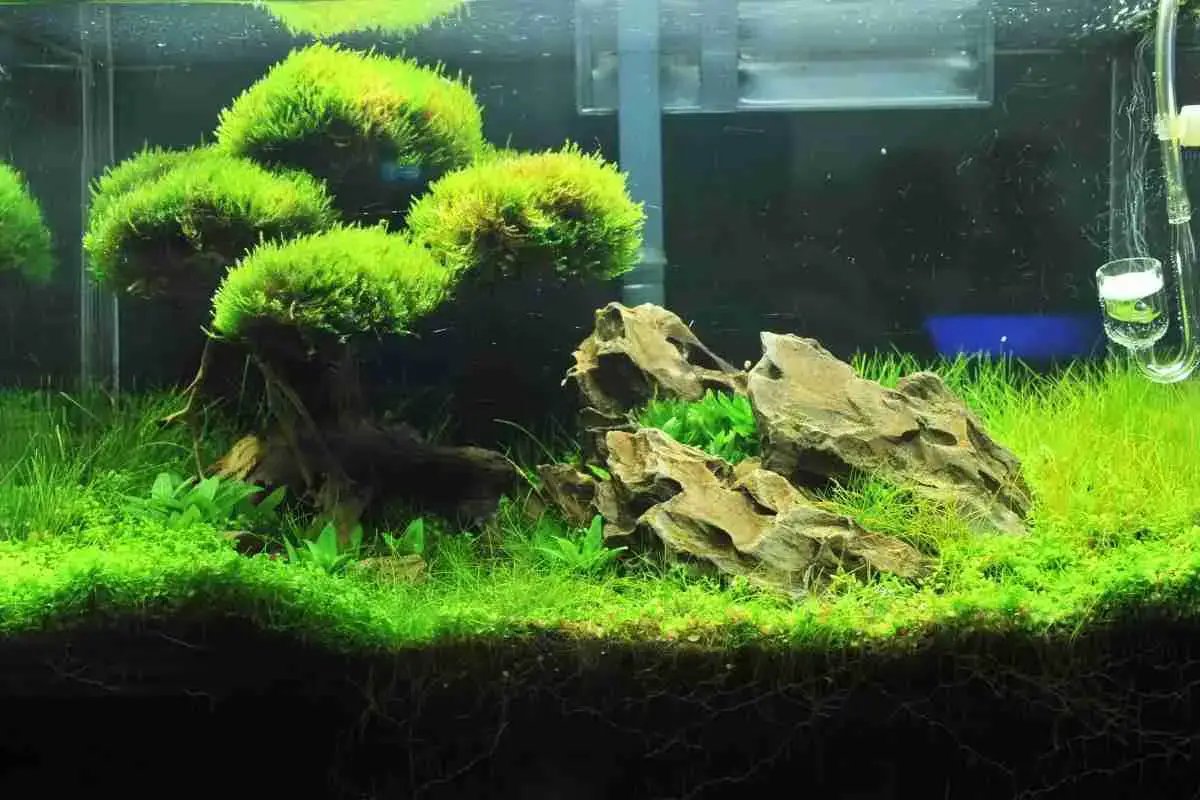
How To Grow Java Moss Carpet On Sand?
Read more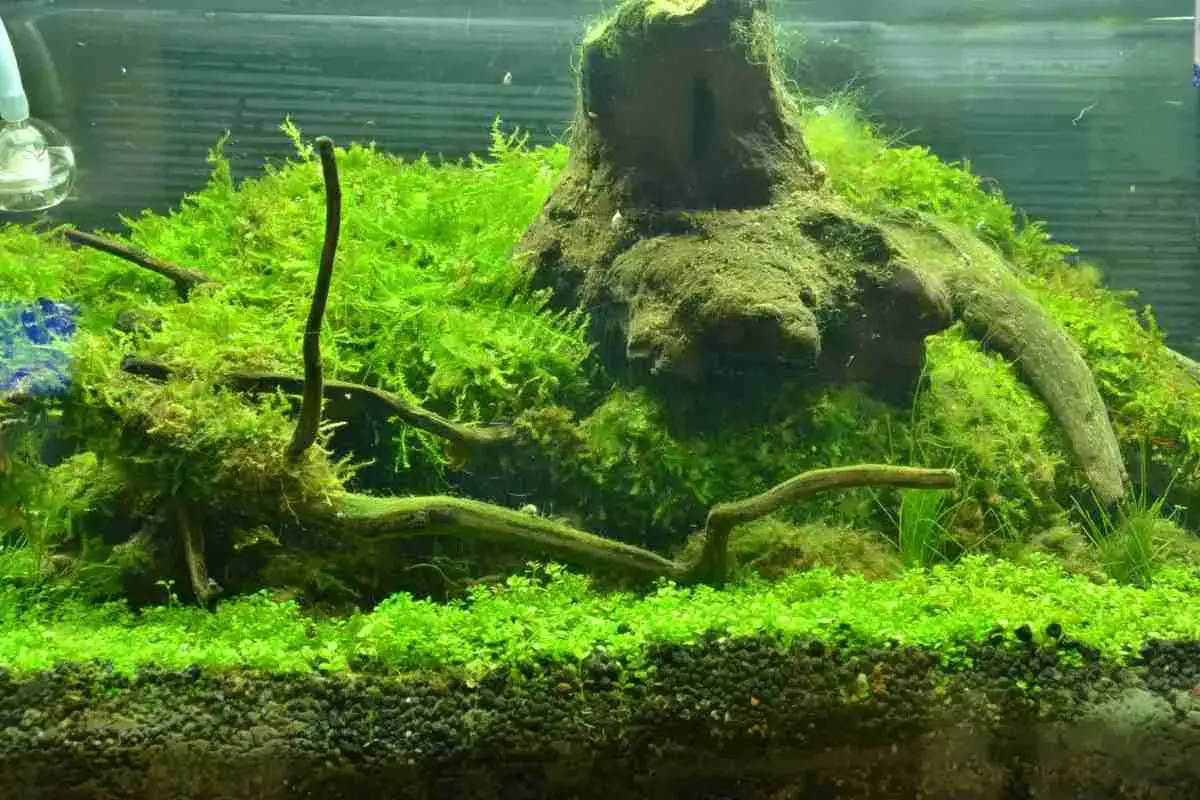
6 Simple Methods To Grow Java Moss Fast
Read more
Does Moss Need Sunlight?
Read more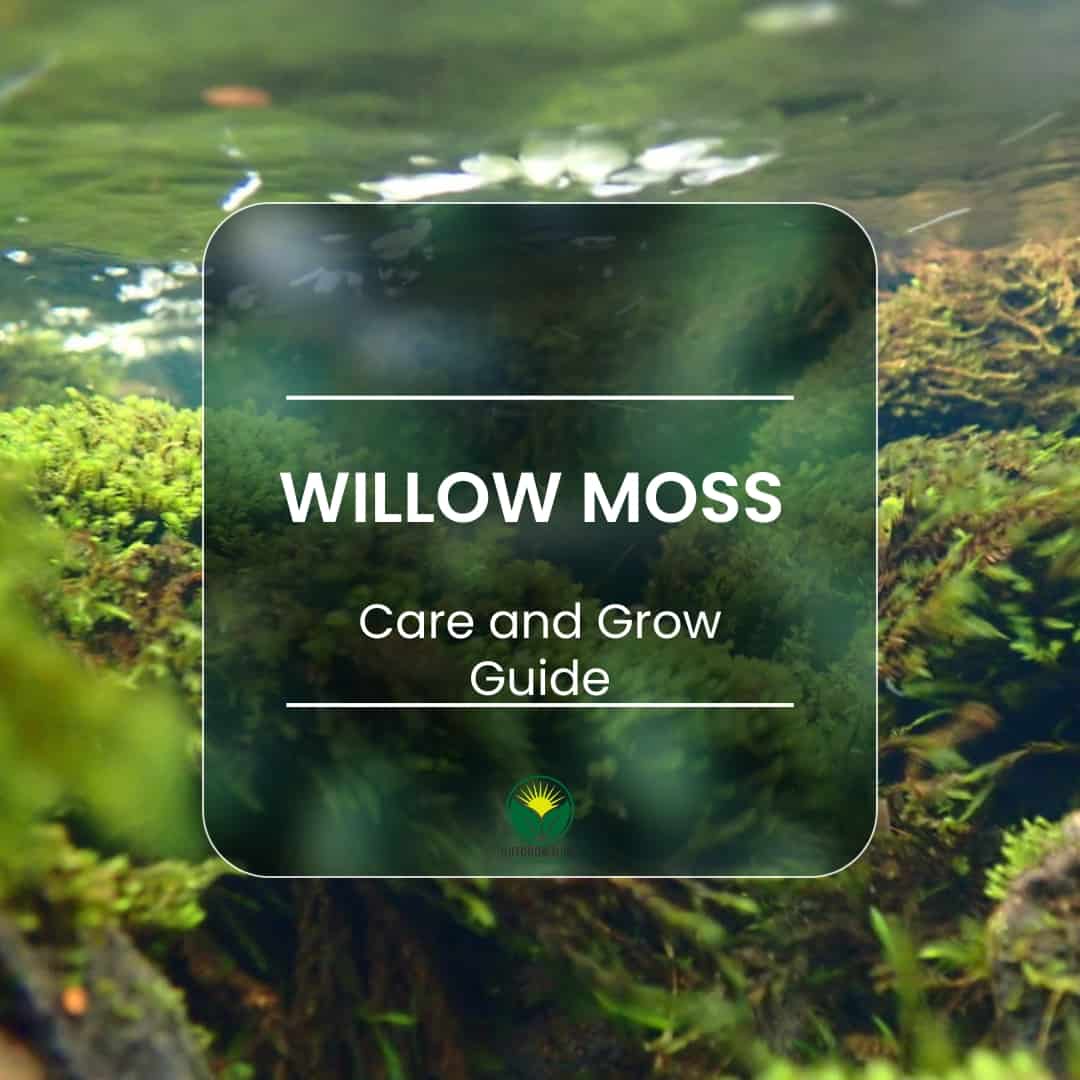
Willow Moss (Fontinalis Antipyretica). The aquatic moss par excellence. How to take care of it and make it grow in aquarium
Read more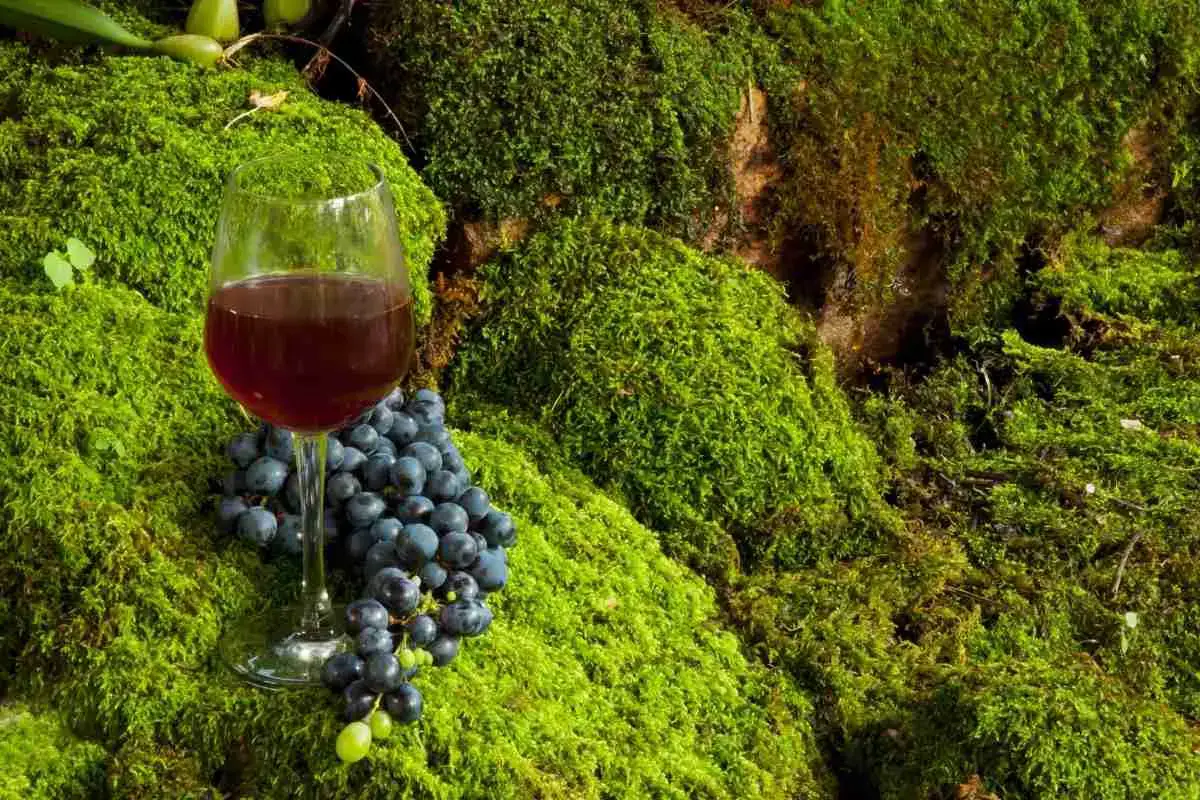
How To Grow Moss On Stone? The Ultimate Guide!
Read more